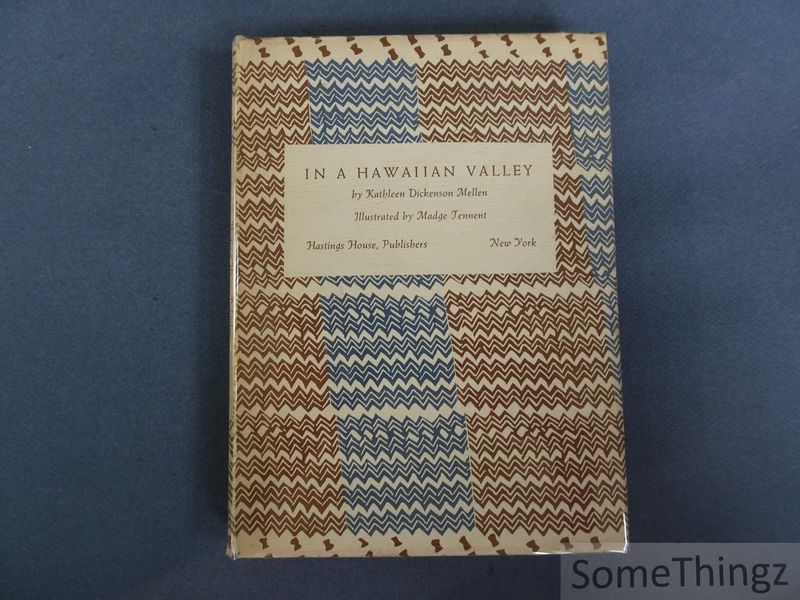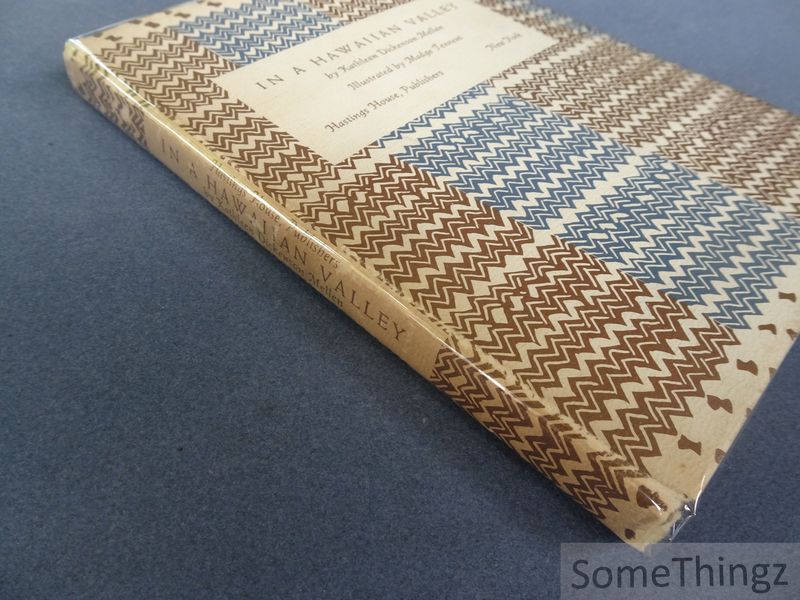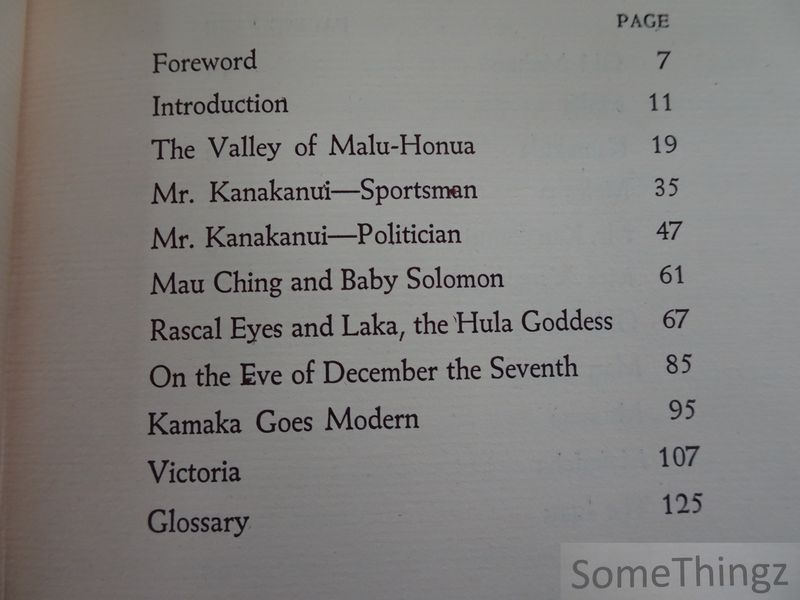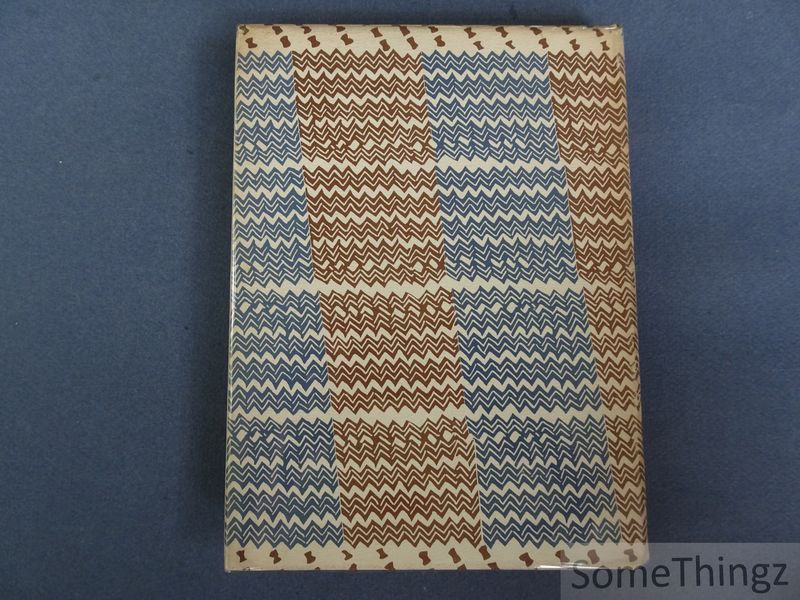BOOKS
Kathleen Dickenson Mellen (text) and Madge Tennent (ills.)
In a Hawaiian valley.
New York, Hastings House, 1947.
€ 49.50
Bound, original decorated cloth with orig. dustjacket (protected with removable cellophane sleeve), 126pp., 16x21.5cm., ills. in b/w., ni very good condition (dustjacket a bit rubbed along te spine).
An understanding of the soul and spirit of the Hawaiian people is not to be acquired quickly. It can best be captured by sitting on the grass in front of a small Hawaiian home and talking to the old people. On and off for some twenty years Kathleen Dickenson Mellen has been doing just that. In this collection of tales, centering around a native valley called Malu-Honua (the Valley of Refuge), she has succeeded in giving a charming and sympathetic account of the Hawaiians whom the visitor to the Islands rarely gets to know. These are the Hawaiians who have clung to the ways of the past, gathering together in small communities away from the cities and living, as nearly as possible, in 'the ways of my ancestors as God wants me to live - the good life of a free man,' to quote one of them. But in the stories of Mr. Kanakanui: the politician, Kamaka who wanted a 'deeworce,' and especially in the account of the three Victorias, the reader gets an insight not only into the Hawaiian character, folklore, and tradition, but also into the transitions from the ways of the past into those of the present that are taking place everywhere throughout the Islands. Madge Tennent, whose drawings illustrate this book, is an important interpreter of the Polynesian people and has had one?man shows of them in London, Paris, New York, Chicago, and San Francisco. This illustrated 1947 volume offers a collection of interwoven narrative vignettes by Kathleen Dickenson Mellen, drawn from decades of oral interviews with elder Hawaiians in the valley of Malu-Honua. Through characters such as Mr.?Kanakanui, Kamaka, and the three Victorias, the author illuminates a community in cultural transition: preserving ancestral customs, mythology, and land?based livelihoods while encountering forces of modernity, politics, colonial influence, and social change. Mellen's ethnographically informed storytelling provides rich qualitative insight into mid-20th century Hawaiian identity, resilience, and the lived experience of cultural continuity and adaptation. Madge Tennent's evocative drawings complement and reinforce these themes, visualizing Polynesian aesthetics and presence with sensitivity and nuance.








